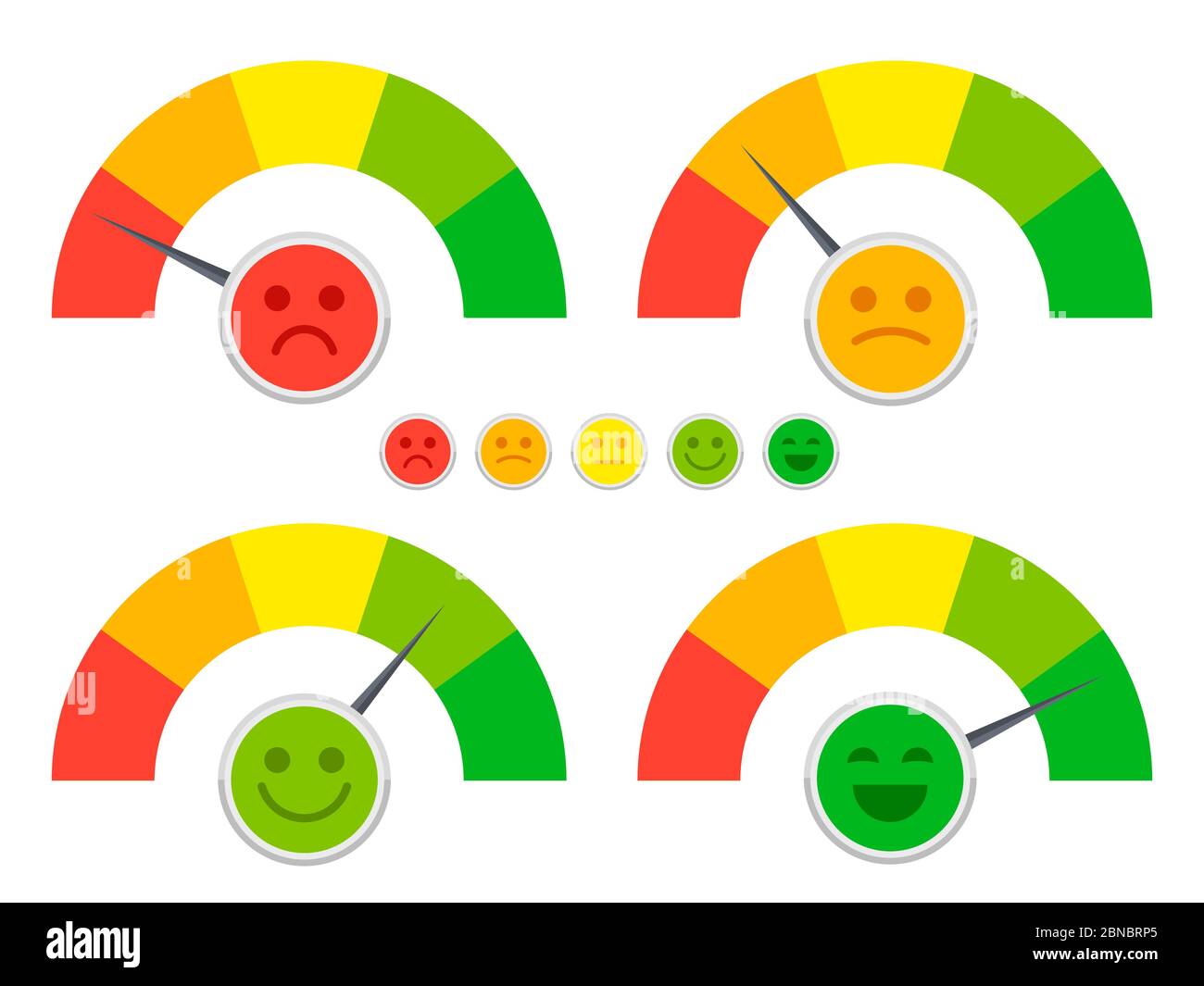Beyond Happy and Sad: Exploring the Mood Spectrum
Human emotions are complex, multifaceted, and rarely confined to simple categories like “happy” or “sad.” Understanding the full mood spectrum is essential for emotional well-being, mental health, and self-awareness. Modern psychology recognizes that moods exist on a continuum, influenced by biological, psychological, and social factors. Artificial intelligence (AI) is now playing a pivotal role in exploring this spectrum, offering tools that detect, analyze, and respond to nuanced emotional states. By going beyond basic labels, AI empowers individuals to understand their feelings more deeply and adopt strategies for better emotional regulation.
The Complexity of Human Moods
Moods are longer-lasting emotional states that can subtly influence behavior, thinking, and perception. Unlike emotions, which are often short-lived reactions to specific stimuli, moods are more persistent and diffuse. For instance, a person may feel anxious, irritable, melancholic, or euphoric over hours or days without a clear external trigger. These subtleties make it challenging to self-assess and even harder for mental health professionals to track accurately.
Traditional mental health assessments often categorize emotional states too broadly, which can oversimplify the user’s experience. By acknowledging the full mood spectrum, from calm and content to anxious, frustrated, or overwhelmed, individuals gain richer insights into their mental state. This understanding is crucial for identifying triggers, improving coping strategies, and fostering emotional intelligence.
AI and Mood Detection
Artificial intelligence has introduced innovative methods for mapping the mood spectrum with high precision. Using technologies like natural language processing (NLP), machine learning, and affective computing, AI can analyze text, voice, facial expressions, and physiological signals to detect subtle emotional shifts. Apps and platforms powered by AI can interpret written or spoken language to determine not just the presence of happiness or sadness, but nuances such as frustration, boredom, hopefulness, or anxiety.
For example, AI-driven mental health apps like Wysa, Woebot, and Youper track user conversations and mood logs over time. By analyzing patterns in language, word choice, and sentiment, these platforms can generate a detailed emotional profile that reflects the dynamic nature of human moods. This allows users to recognize patterns, triggers, and fluctuations that may have gone unnoticed in traditional self-reporting methods.
The Benefits of Understanding the Mood Spectrum
Recognizing the broader range of moods offers several benefits. First, it enhances self-awareness, helping individuals identify subtle changes in their emotional state before they escalate into stress or anxiety. Second, it allows for personalized interventions. By knowing the exact mood profile, AI systems can recommend coping strategies that are more targeted, such as mindfulness exercises for irritability or journaling prompts for reflective melancholy. Third, understanding the full spectrum encourages emotional acceptance, reducing the tendency to label emotions as “good” or “bad” and fostering a healthier relationship with one’s inner experience.
AI-Powered Mood-Tracking Tools
AI-powered mood-tracking apps are revolutionizing the way we explore the emotional spectrum. These platforms collect and analyze data from multiple sources, including daily journals, chat interactions, wearable devices, and physiological sensors. For instance, wearables can monitor heart rate variability, sleep patterns, and stress markers, while AI algorithms correlate these with user-reported mood data to identify emotional trends.
By providing visual dashboards, trend analysis, and actionable insights, these tools enable users to see how their moods fluctuate throughout the day, week, or month. This level of insight empowers individuals to make lifestyle adjustments, such as altering sleep schedules, exercise routines, or social interactions, to maintain emotional balance.
Applications in Therapy and Mental Health
Understanding the mood spectrum is also transforming mental health care. Therapists and counselors can use AI-generated mood data to better understand clients’ emotional states between sessions. This continuous monitoring allows for more precise interventions and personalized care. For example, if a client shows increasing signs of irritability and anxiety over several days, the therapist can proactively adjust treatment strategies or recommend coping exercises tailored to that mood pattern.
AI can also facilitate teletherapy and digital mental health platforms, where therapists integrate AI insights to enhance therapy effectiveness. By combining human empathy with AI-driven data, mental health care becomes more responsive, informed, and personalized.
AI, Emotional Intelligence, and the Mood Spectrum
Exploring the mood spectrum with AI tools also supports the development of emotional intelligence (EQ). By identifying and labeling subtle emotional states, individuals learn to recognize their feelings, understand their impact, and respond appropriately. AI can provide feedback on emotional regulation strategies, suggest communication techniques, or highlight recurring patterns that may affect relationships or personal well-being. Over time, these insights foster self-awareness, empathy, and resilience—key components of emotional intelligence.
Ethical Considerations
While AI offers powerful tools for understanding emotions, there are ethical considerations to address. Data privacy is critical because mood tracking involves highly sensitive information. Users must ensure that platforms adhere to strict encryption, anonymization, and data protection standards. Moreover, AI interpretations are based on patterns and algorithms and may not capture every nuance of human experience. These tools should complement, not replace, professional mental health guidance when needed.
The Future of Mood Exploration with AI
The future of AI in exploring the mood spectrum is promising. Emerging technologies, such as emotion-aware wearables, AI-driven biofeedback, and real-time adaptive interventions, will provide even more precise insights into mental states. Virtual reality environments may also allow users to explore and regulate moods in immersive, controlled settings. As AI continues to evolve, its ability to map complex emotional landscapes will improve, offering proactive mental health support and more effective coping strategies.
Conclusion
Moving beyond simplistic labels like happy and sad, exploring the mood spectrum allows for a deeper understanding of human emotions. AI plays a critical role in this journey by detecting subtle emotional shifts, providing personalized insights, and supporting emotional intelligence development. Whether through mood-tracking apps, wearable devices, or AI-guided therapy, technology empowers individuals to untangle the complexities of modern emotional life. By embracing the full spectrum of moods, we gain clarity, resilience, and the ability to navigate our mental landscape with awareness and balance.




